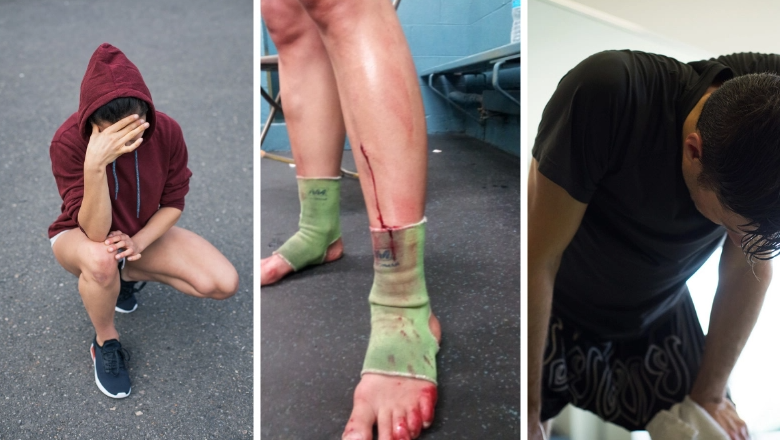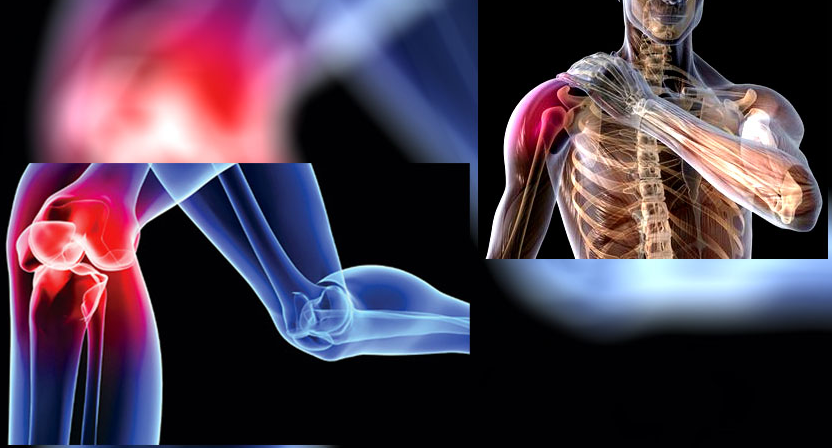Muay Thai Health&Safety
Muay Thai and Long-Term Joint Health: What You Need to Know
Introduction
Muay Thai, often referred to as “The Art of Eight Limbs,” is a popular and physically demanding martial art that requires the use of fists, elbows, knees, and shins. While the sport offers numerous physical and mental benefits, its high-impact nature can pose risks to long-term joint health. Understanding these risks and adopting preventive measures is crucial for practitioners who wish to enjoy the sport while safeguarding their joints.
The Impact of Muay Thai on Joints
The Demands of Muay Thai
Muay Thai training involves repetitive striking, clinching, and sparring, all of which place considerable stress on the joints. The key joints affected include:
- Knees: Repeated knee strikes and clinching can strain knee joints.
- Elbows: Frequent elbow strikes can impact the elbow joints.
- Ankles: Kicks and footwork stress the ankle joints.
- Shoulders: Punching and blocking can wear down shoulder joints.
Common Joint Issues
Practitioners may experience several joint-related problems, such as:
- Tendonitis: Inflammation of tendons due to overuse.
- Osteoarthritis: Wear and tear of joint cartilage.
- Bursitis: Inflammation of the bursae, cushioning joints.
Preventive Measures for Joint Health
Proper Warm-Up and Cool-Down
Engaging in a thorough warm-up and cool-down routine is vital. This helps increase blood flow, enhances flexibility, and reduces the risk of injuries.
Strength Training
Strengthening the muscles around the joints can provide better support and stability, reducing the strain on the joints themselves.
Technique and Form
Maintaining proper technique and form during training minimizes undue stress on the joints. This involves:
- Learning from qualified instructors.
- Regularly reviewing and correcting techniques.
- Avoiding overextending or locking joints during strikes.
Protective Gear and Equipment
Quality Gear
Using high-quality protective gear can mitigate impact on the joints. Essential gear includes:
- Knee pads: To cushion knee strikes.
- Elbow pads: To protect elbows during strikes.
- Ankle supports: To stabilize ankles during kicks.
Appropriate Footwear
Wearing appropriate footwear can absorb shock and reduce the impact on ankle and knee joints.
Recovery and Rehabilitation
Adequate Rest
Allowing sufficient rest between training sessions gives the joints time to recover, preventing overuse injuries.
Physiotherapy and Massage
Regular physiotherapy and massage can aid in the recovery process by:
- Reducing muscle tension.
- Improving blood circulation.
- Promoting joint flexibility.
Nutrition and Joint Health
Balanced Diet
A diet rich in anti-inflammatory foods can support joint health. Key nutrients include:
- Omega-3 fatty acids: Found in fish, flaxseeds, and walnuts.
- Vitamin C: Present in citrus fruits, bell peppers, and strawberries.
- Vitamin D and Calcium: Essential for bone health, available in dairy products, leafy greens, and sunlight exposure.
Hydration
Staying hydrated is crucial for maintaining joint lubrication and overall health.

FAQs
How can I prevent joint injuries in Muay Thai?
Focus on proper technique, use protective gear, engage in strength training, and ensure adequate rest and recovery.
Is Muay Thai suitable for individuals with pre-existing joint issues?
Consult with a healthcare professional before starting Muay Thai if you have pre-existing joint issues. They can provide personalized advice and modifications.
What are the signs of joint overuse?
Common signs include persistent pain, swelling, stiffness, and reduced range of motion.
Can supplements help with joint health?
Certain supplements, such as glucosamine and chondroitin, may support joint health, but it’s best to consult a healthcare provider before taking them.
How often should I practice Muay Thai to avoid joint problems?
Balance intense training with rest days to allow joints to recover. Listen to your body and avoid overtraining.
What exercises complement Muay Thai for joint health?
Low-impact exercises like swimming, cycling, and yoga can complement Muay Thai by providing cardiovascular benefits without stressing the joints.
Conclusion
Muay Thai offers numerous benefits but also poses challenges to long-term joint health. By understanding the demands of the sport and implementing preventive measures, practitioners can enjoy Muay Thai while maintaining joint wellness. Proper training, protective gear, strength training, and a balanced diet are essential components of a joint-friendly Muay Thai practice.

